The bustling city of Surat, nestled in the vibrant state of Gujarat, is renowned as India's textile power house. Known far and wide for its sprawling textile market, it is often dubbed the 'Silk City' or 'Textile Capital of India'. A walk through the buzzing streets reveals endless shops and factories, each weaving fabric stories of history and modernity.
The legacy of Surat's textile industry dates back centuries, thriving under the influence of diverse cultures. Today, it stands as a testament to the craft's evolution, marrying age-old techniques with cutting-edge technology. As an epicenter for sarees and traditional wear, its reputation extends beyond Indian borders, reaching global fashion capitals.
Surat's textile prowess is not merely a tale of quantity but of creativity and innovation. The city's ability to adapt to changing trends while maintaining the quality has cemented its status as a leader in textile manufacturing. As you explore the nuances of Surat's textile industry, you'll gain insights into its economic contributions and the promising future that lies ahead.
- Historical Overview of Surat's Textile Industry
- Current Production Scale and Capabilities
- Key Players and Manufacturers
- Economic Impact on the Region
- Innovations and Technological Advances
- Surat's Future in the Global Market
Historical Overview of Surat's Textile Industry
Surat, the bustling city in Gujarat, has a storied past that intertwines with the threads of the textile industry. This city, which now stands proudly as the textile capital of India, began its journey centuries ago. The roots of textile production here can be traced back to the late Middle Ages when Surat was a thriving port city. Its strategic location on the banks of the Tapi River made it an attractive destination for traders and merchants from the East and the West. The flourishing port turned the city into a melting pot of different cultures, ideas, and most importantly, textiles.
The Mughal era marked a significant point in Surat's textile history. It was during this time that Surat emerged as an essential center for trade. The city was known for its silk and brocade production, attracting not only local traders but also merchants from the Ottoman Empire, Persia, and beyond. The famous traveler, Duarte Barbosa, once noted the skill of Surat's weavers, who crafted fabrics so fine that they were desired across continents.
"The weavers of Surat create wonders in silk and cotton, unmatched in their finesse and beauty," – Ibn Battuta
In the 17th century, the European nations began setting foot in the Indian subcontinent, further impacting Surat’s textile industry. The British East India Company established its trade center here, making Surat one of Asia's most important textile hubs. The influx of new machinery and techniques introduced by the Portuguese and later by the British revolutionized production processes. Despite the industrial revolution eventually moving the textile epicenter to other parts of India, Surat remained resilient, maintaining its identity through its skilled artisans and unique fabrics.
Post-independence India saw a renaissance in Surat's textile industry. With the economic reforms in the 1990s and the subsequent boom in India's domestic and global trade, Surat re-emerged as a key player. Today, Surat's contribution to the textile sector is profound. A staggering 90% of the polyester used in India is made in Surat, contributing extensively to the total textile production of the country. As the industry expanded, it embraced advanced technologies, ensuring that production met the ever-increasing demand while maintaining quality standards.
Throughout the ages, Surat has showcased its adaptability and resilience. By continuously blending modernity with tradition, it has managed to sustain its age-old legacy while carving out a niche in the modern textile world. Its history is a testament to its dynamic nature, one that has evolved but never lost touch with its roots. It's not just a city that produces textiles. It's a city that weaves stories of trade and tradition into every thread.
Current Production Scale and Capabilities
Surat, glowing at the heart of India's textile landscape, commands a unique stature due to its immense production capabilities. This city produces over 9 million meters of fabric every year, a number that does not merely signify quantity but an artful embodiment of speed, quality, and innovation. The key to Surat’s astonishing textile production lies in its seamless blend of tradition and technology, which allows it to meet both international demands and local desires. The production process includes everything from yarn processing and weaving to intricate finishing techniques, carried out in sprawling infrastructure replete with state-of-the-art machinery.
The city's fabric production ranges across various types, including natural fibers like silk, cotton, jute, as well as synthetic blends and materials. The diverse offerings cater to varied clienteles, from high-end fashion designers seeking the elegance of Surat’s exclusive sari designs to bulk traders interested in economically priced, mass-market textiles. Textile factories and power looms hum ceaselessly, producing a dizzying array of patterns and colors fitting every occasion. These businesses form the backbone of Surat's economy, providing employment to thousands, relying on nimble hands and eyes to craft quality that resonates with buyers worldwide.
A distinctive feature of Surat is its adeptness with synthetic fibers, with polyester dominating the landscape. Pertinently, according to the South Gujarat Chamber of Commerce and Industry, it is around 40% of India's total synthetic textile output flowing from this industrious city. Surat’s textile factories leverage cutting-edge technology such as artificial intelligence and IoT in their manufacturing processes. The integration of automation helps in minimizing wastage while maximizing production efficiency.
Surat has long gained a reputation for quickly adapting to fashion trends, a forte that enhances its competitive edge. This has been made easier by the sheer scalability of production. As emerging trends are caught on the global fashion radar, Surat’s industries are remarkably quick to recalibrate their offerings.
"Surat’s capability to innovate and swiftly adapt to fashion trends, paired with its advanced manufacturing facilities, have truly positioned it as a leader in the textile city narrative," said a spokesperson from the Textile Association of India.This dynamic ability allows its products not only to capture local and regional markets but also to become an integral part of the international textile supply chain.
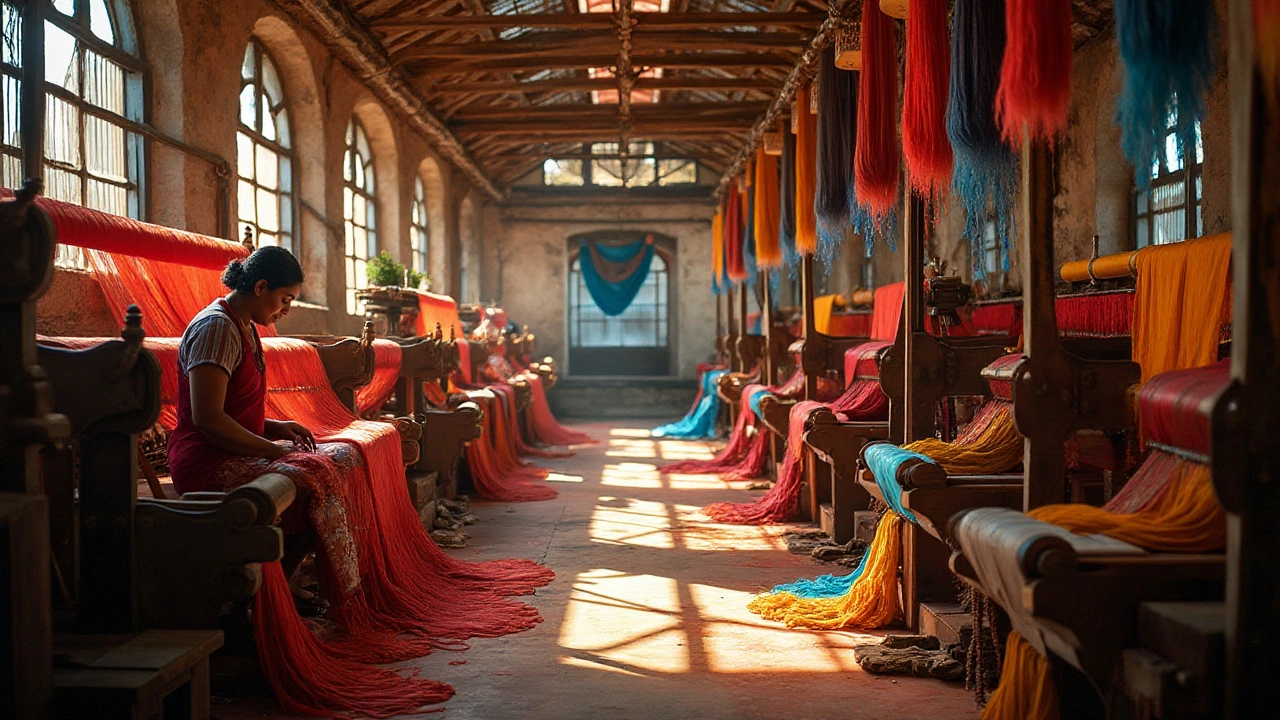
Key Players and Manufacturers
Surat's knack for textile manufacturing continues to lead the game, with a myriad of enterprises contributing to its vibrant industry. This dynamic city hosts a blend of longstanding family-run businesses and emerging startups, each adding a unique thread to the rich fabric of its textile market. A walk through the textile corridors of Surat unveils the stories of influential players who have, over the years, transformed it into India's textile powerhouse.
One cannot overlook the significant contributions of established names like Garden Silk Mills, a company known not just in India but internationally for its diverse range of fabrics, including saris and dress materials. Marketed under the brand name 'Garden', its textiles have adorned myriad individuals over the decades. Similarly, Sangam India Ltd. stands out for its focus on polyester viscose fabrics and cotton yarn appeal. Their strategic campaigns and expansions have won them accolades across domestic and global platforms.
"Surat’s textile sector is a testament not only to India's historic weaving skills but also to our country's ability to innovate and serve modern-day fashion demands," a notable industry expert was quoted in The Times of India.
Diving deep into the market, you will discover a web of small to medium-sized manufacturers who collectively fortify Surat’s textile domain. Prominent among them is the renowned Shahlon Group, celebrated for its innovative textile solutions and sustainability measures. Their dedication to enhancing fabric technology has garnered attention, placing them on the radar of global markets. Another influential name is Laxmipati Sarees, one of the most popular brands in India, known for their exquisite designs and manufacturing quality.
The role of associations like the Southern Gujarat Chamber of Commerce and Industry (SGCCI) is pivotal, as they consistently facilitate the exchange of ideas and collaborations among manufacturers. These associations assist emerging businesses, offering guidance and resources to young entrepreneurs determined to leave a mark in Surat's diverse textile landscape. Through events and exhibitions, they ensure the spotlight remains on Surat as a textile leader.
Economic contributions by Surat's key players are substantial. It is estimated that the city produces approximately 25 million meters of processed fabric per day. This production scale isn't just a reflection of quantity but a cumulative testament of quality, innovation, and evolving style. Surat's influence on the fashion and textile industry remains unparalleled, backed by these industrious players and their commitment to weaving excellence into every thread.
Economic Impact on the Region
Surat, the thriving textile capital of India, wields a significant economic influence over its region. Over the past few decades, the city's vigorous textile industry has propelled it to the forefront of economic development in Gujarat. The sector contributes a remarkable portion of the state's GDP, creating job opportunities for millions. The sheer volume of production is staggering, with the textile industry alone accounting for a substantial share of India's total fabric production.
The bustling local economy is buoyed by a myriad of small to large-scale enterprises, each playing a pivotal role in reinforcing Surat's economic backdrop. These businesses, deeply intertwined with the textile sector, provide livelihoods to an expansive workforce, enriching the local standard of living. Beyond just employment, the industry catalyzes further growth, indirectly supporting auxiliary sectors such as transport, logistics, and marketing. The meteoric rise of Surat has also attracted investments, fostering technological advancements and infrastructural upgrades.
Renowned business publications often highlight Surat's contribution to national exports. A significant chunk of India’s textile export revenue is generated from Surat, underscoring its pivotal role in bolstering the country's economic framework. Concerted efforts by both governmental and private entities to facilitate trade and ease export processes have significantly benefited the city's growth trajectory, catalyzing its expansion into international markets.
"The textile industry forms the backbone of Surat's economy, driving growth and innovation," remarked a leading economist in a recent article published in Business Standard, emphasizing the city's dynamic market environment.
In recent years, the rise of digital platforms has afforded Surat’s textile businesses new avenues to reach global customers. This digital transformation ensures that local manufacturers maintain a competitive edge, harnessing the power of online marketplaces to amplify their reach. It's a testament to Surat’s resilience and adaptability, hallmarks of its enduring economic strength.
Understanding the economic impact of Surat's textile industry isn't complete without acknowledging its challenges. Issues such as labor rights, environmental sustainability, and market saturation pose potential obstacles. However, the city's forward-thinking approach coupled with a robust support system ensures that these hurdles are addressed with innovative solutions. As Surat continues its journey as a global textile leader, its economic significance is set to scale new heights.
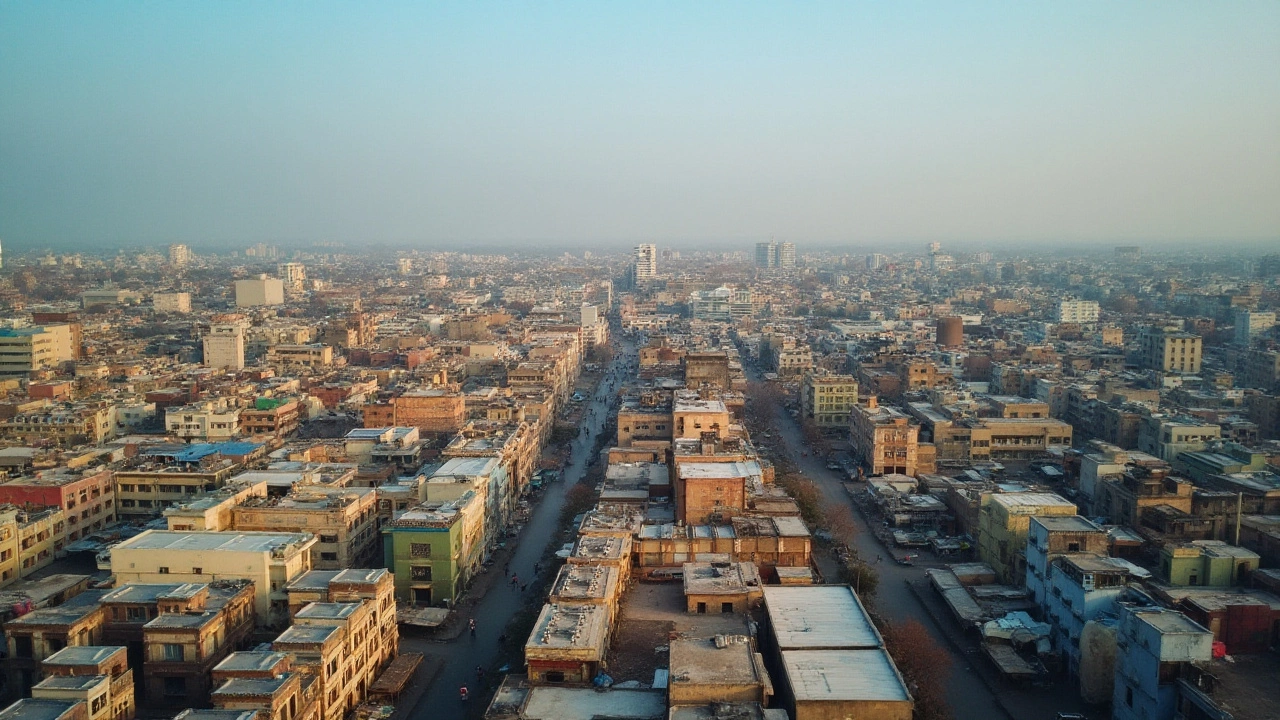
Innovations and Technological Advances
In the thriving hub of Surat, innovation in the textile industry is as vibrant as the city itself. The industry, while rooted deeply in tradition, is not shy of embracing the cutting-edge technologies that are transforming the way textiles are produced and distributed globally. One might wonder how a city that has been pivotal in the textile trade for centuries continues to maintain its competitive edge. The answer lies in its ability to harness technology to innovate at every step of the textile process.
Recently, Surat's textile manufacturers have increasingly adopted advanced dyeing technologies. Digital printing, once considered the next frontier, is now a common practice in Surat's textile factories. This shift has allowed producers to create intricate designs with a level of precision that was previously unimaginable, reducing wastage and improving efficiency. Surat's embrace of technology doesn't end with printing. Automated weaving machines have replaced the traditional handlooms, marrying speed with quality, an ingredient crucial for meeting the global demand that the city caters to.
The Role of Sustainability in Technological Adoption
Sustainability has become a key focus in Surat's textile sector, with manufacturers keenly aware of the environmental impact of their operations. Innovations in waterless dyeing processes and the recycling of dyeing water have helped reduce the carbon footprint, offering a model for sustainable textile production. This commitment to environmentally-friendly practices aligns with global trends, as consumers increasingly demand eco-friendly products. By adopting these practices, Surat not only appeals to a broader market but also ensures its long-term sustainability in the global textile industry.
"Surat's ability to innovate and adopt new technologies without losing its cultural heritage is the key driver of its growth and success in the textile industry." – Industry Expert Nisha Patel
Impact of Digital Technologies and E-commerce
The advent of digital platforms has further revolutionized how Surat's textile products reach customers. E-commerce has opened new avenues, providing direct access to national and international markets. This digital shift goes hand-in-hand with innovative marketing strategies, including the use of data analytics for predicting sales trends, and internet marketing to reach prospective buyers effectively. The e-commerce boom means that quality Surat textiles are just a click away from consumers across the world, expanding its base and showcasing the city's textile marvels globally.
In conclusion, Surat's emphasis on technological advancement ensures that it remains a beacon of innovation in the textile production landscape of India. As the city continues to blend the old with the new, it stands as a testament to how traditional industries can thrive with forward-thinking approaches, setting benchmarks for others in the industry to follow.
Surat's Future in the Global Market
Surat stands on the brink of an exciting transformation, poised to capture an even greater share of the global textile market. Where tradition meets innovation, this city is no stranger to evolution. It's a city where age-old craftsmanship seamlessly blends with modern technology, allowing it to produce an impressive array of textiles that suit both domestic needs and international demands. As the textile industry expands, Surat's strategic positioning and infrastructure enhancements are key factors in driving its global reach. This thriving metropolis has long been the heartbeat of India’s textile production, now anticipating growth that stretches from the bustling local markets to distant shores.
Delving into Surat's plans, the city aims to increase its presence in international markets through aggressive strategies that focus on quality and trend adaptation. The local government and industry leaders are fostering a collaborative environment where innovation flourishes. This involves rolling out sophisticated textile manufacturing technologies and nurturing talent through skill development programs. One standout initiative is the development of a technology park devoted to textile research and advancement, which will enable businesses to streamline operations and foster innovative fabrics adaptable to changing international fashion climates. As one industry insider mentions,
"Surat's potential lies not just in producing more but producing smarter, aligning with the global demand for sustainable and fashionable textiles."
The city's vast textile network is underpinned by a robust supply chain, which plays a pivotal role in boosting its export capabilities. By collaborating with international fashion houses and textile brands, Surat is gradually tailoring its output to meet specific global market demands, including eco-friendly materials, which are increasingly sought after worldwide. This shift towards sustainability is not just a growing trend but a market necessity that Surat is embracing wholeheartedly. Consistent investment in green technologies and processes has allowed manufacturers in Surat to cater to the environmentally-conscious consumer, an essential pivot that aligns with global expectations.
Additionally, Surat's dynamic textile hubs are supported by detailed logistical planning aimed at reducing production costs and improving delivery efficiencies. These developments make Surat an attractive proposition for international investors and businesses looking for reliable supply partners. A deeper collaboration with logistical experts and trade analysts will likely play an indispensable role in ensuring that Surat continues to create a seamless export experience.
Export Growth and Opportunities
The future outlook is bright as the city explores untapped opportunities in textile exports. By focusing on market diversification, Surat plans to explore emerging economies where the appetite for Indian textiles is growing. Target markets include countries in Africa, Latin America, and parts of Asia, where Indian textiles are increasingly appreciated for their intricate designs and quality. Surging demands in these areas represent a crucial opportunity for export growth, one that Surat is well-prepared to capitalize on. Furthermore, the city's commitment to maintaining stringent quality standards ensures that each piece of fabric leaving its borders meets global norms, thus enriching Surat's reputation on the world stage.
In recent years, Surat has witnessed a surge in textile trade events that have brought together global buyers and local manufacturers. These events are pivotal in showcasing Surat’s capacity to meet diverse international tastes and requirements. Organizers believe that such platforms where buyers and sellers meet are essential catalysts in driving export growth, ultimately strengthening Surat's stand in the global textile market. The city's ongoing efforts, combined with a forward-thinking mindset, are set to powerfully establish Surat as the pre-eminent leader in textile production globally.


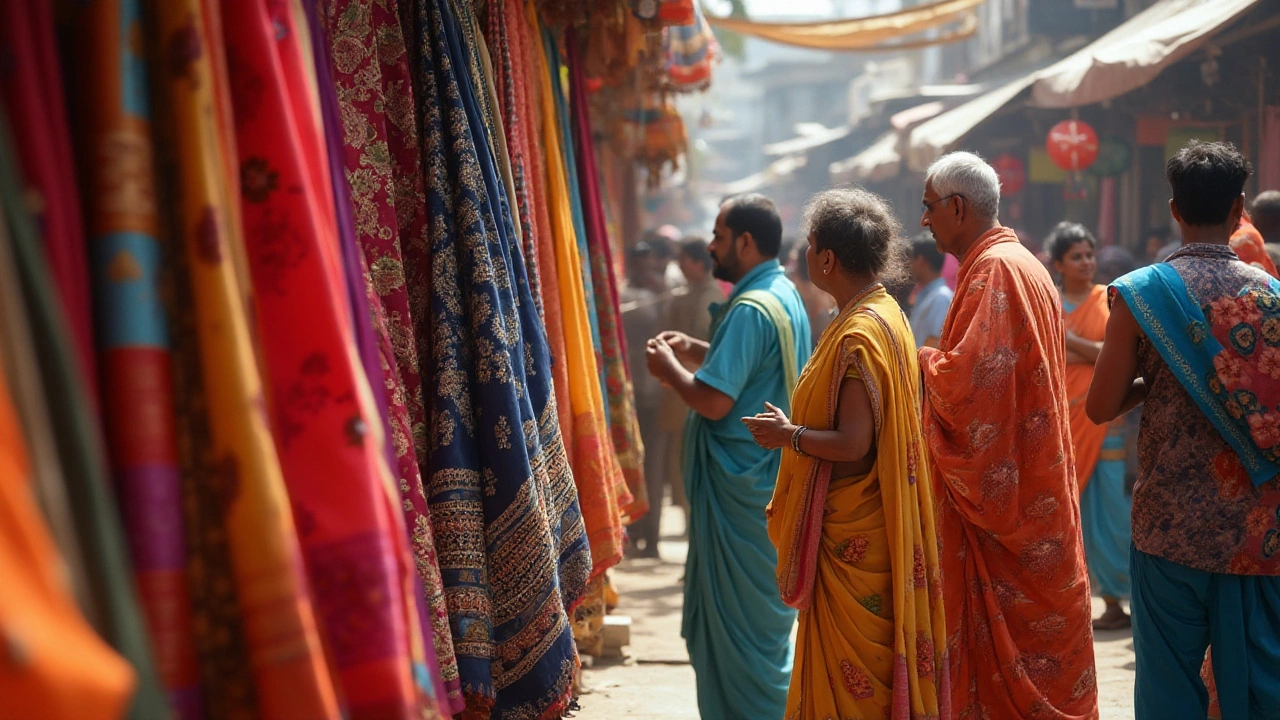

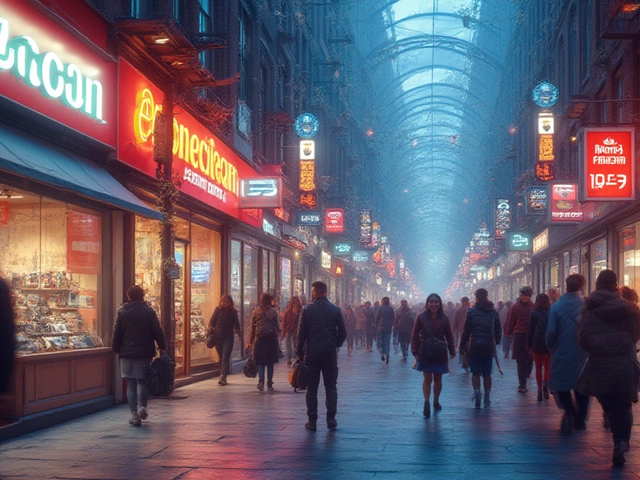
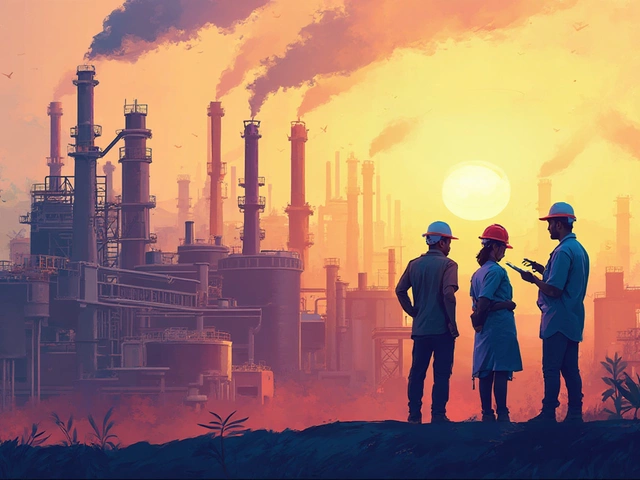
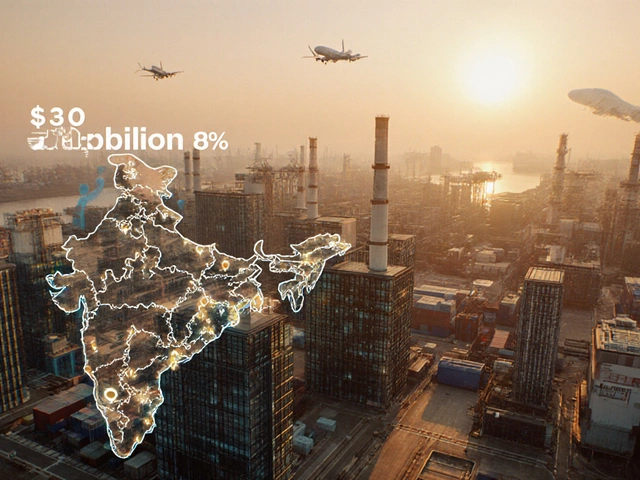
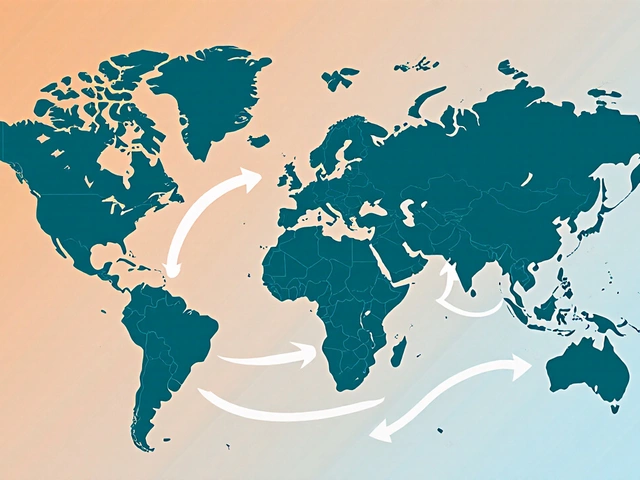



Write a comment